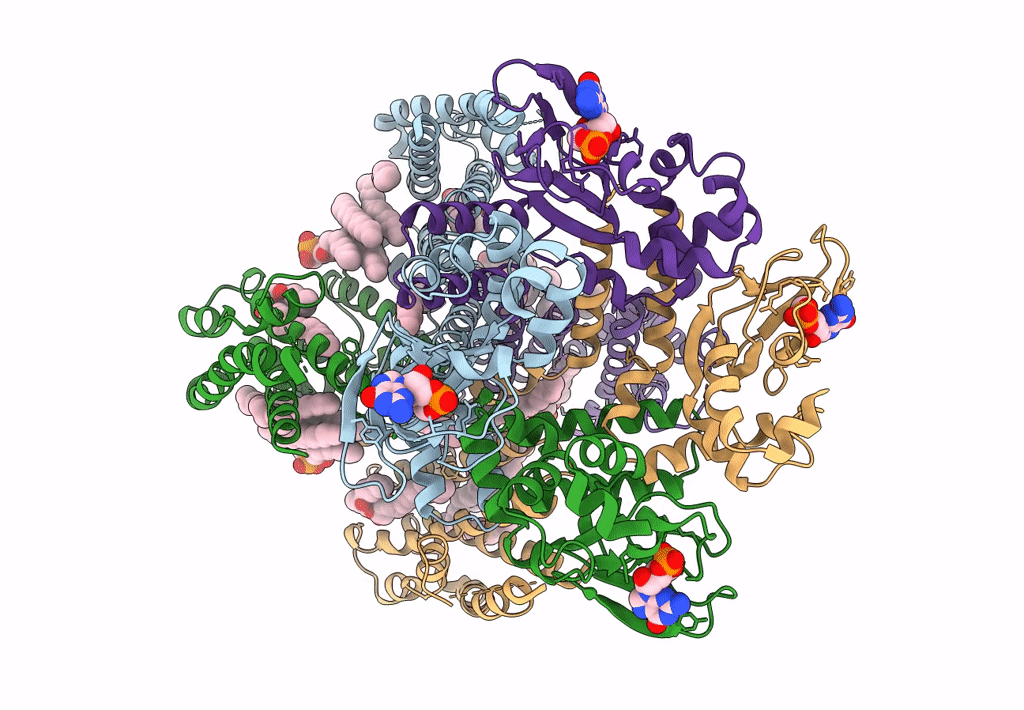
Deposition Date
2018-02-26
Release Date
2018-08-01
Last Version Date
2024-03-13
Entry Detail
PDB ID:
6CJT
Keywords:
Title:
Structure of the SthK cyclic nucleotide-gated potassium channel in complex with cGMP
Biological Source:
Source Organism:
Spirochaeta thermophila (Taxon ID: 869211)
Host Organism:
Method Details:
Experimental Method:
Resolution:
3.46 Å
Aggregation State:
PARTICLE
Reconstruction Method:
SINGLE PARTICLE


